Notes For All Chapters Science Class 6
Everything around us is undergoing a process of change. Our hair and nails keep growing. Leaves die and new leaves take their place. While some changes in our environment are temporary and can change back to their original positions, other changes are relatively permanent.
On this basis, changes around us can be classified into two broad categories:
1. Reversible changes
2. Irreversible changes
Reversible changes can be described as changes that can be reversed by reversing the action or changing the conditions. Example: freezing of water, rolling of a chapati from dough etc.
Irreversible changes can be described as changes that cannot be reversed even after bringing about changes in the conditions. Example: rusting of iron, cooking of vegetables etc.
Figure 1 Closing and opening of mimosa leaves represent a reversible change
Figure 2 Cooking of an egg into an omelette represents an irreversible change
Substances and materials usually undergo two major types of changes:
1. Physical change: This represents a change not in the chemical identity but the physical form of a substance. When substances undergo a physical change, there is no formation of a new substance and more or less these changes can be reversed. Example: boiling of water and melting of ice represent reversible physical changes while growing of height is an irreversible physical change.
Figure 3 Physical Change
2. Chemical change: This represents a change in the chemical identity of a substance. These are irreversible changes because the original substance gets converted into a new substance and cannot be brought back. Example: cooking of rice, burning of matchstick etc.
Figure 4 Chemical Change
Difference between physical and chemical changes:
| Physical Change | Chemical Change |
| A change in matter which occurs without causing any change in the composition of the matter is known as physical change | While a chemical change is defined as the change in the chemical composition of matter |
| Usually, physical changes are reversible in nature | While chemical changes are often irreversible |
| No new products are formed when an object undergoes physical change | Chemical changes often lead to formation of new products |
| These changes have no impact on the molecular composition of the substance | Chemical changes have a direct impact on the chemical bonds and molecular composition of a substance |
| A few changes occur when cooling or heating is done | These changes involve absorption or release of energy |
There are other ways to bring about changes in substances:
Mixing two substances together: A small amount of curd is added to warm milk which leads to conversion of that milk into curd. This is an irreversible change.
When we add a salt to water it becomes salty but this is a reversible change.
Expansion and Contraction: In order to make tools like an axe, the ring of its iron blade is heated which allows it to expand i.e. become larger in size and then is allowed to cool down which makes it contract again i.e. become smaller in size leading to a tight fit of the handle.
Figure 5 Curd is added to milk to allow it to set into curd
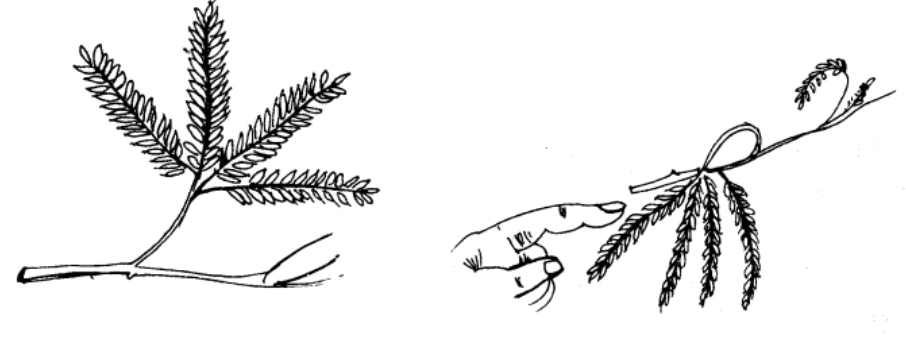
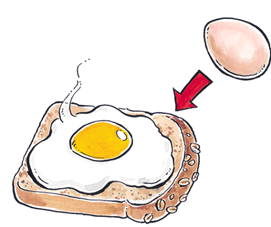
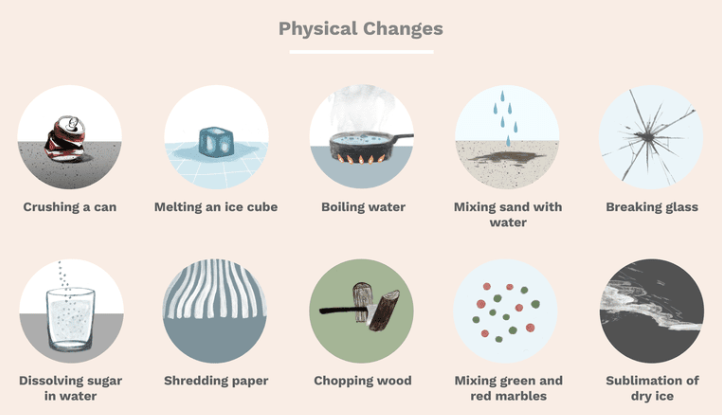
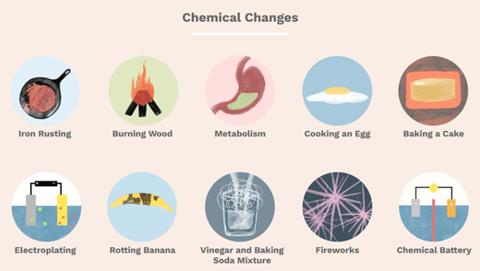
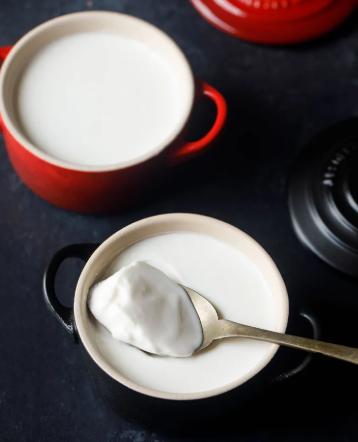
Leave a Reply